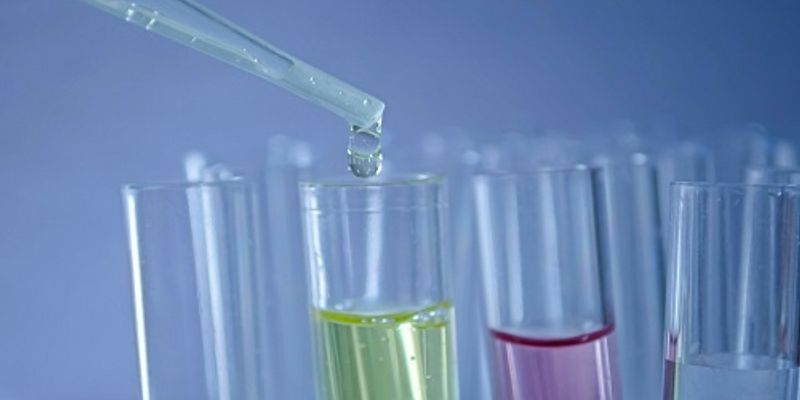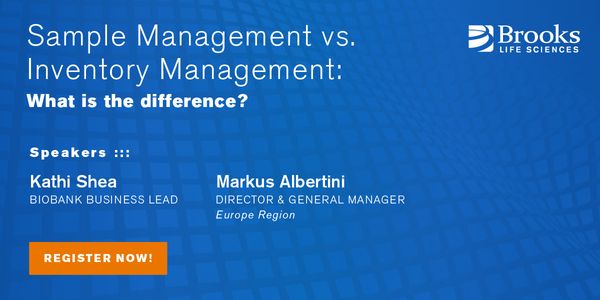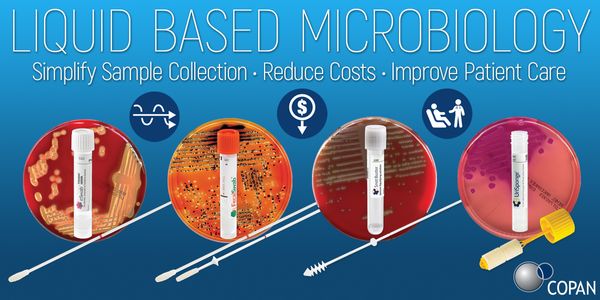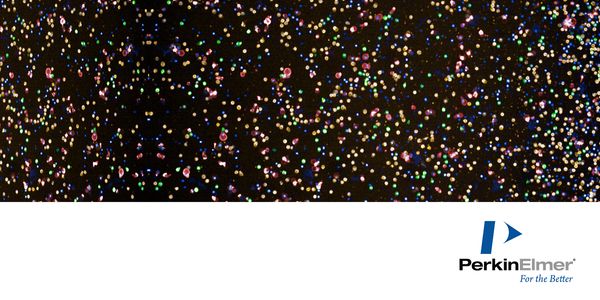Oncologists have many options when tasked with treating a patient’s cancer. Unfortunately, many cancer drugs and therapies come with potentially debilitating side effects. As such, it i...
APR 23, 2019 | 9:00 AM
DATE: April 23, 2019TIME: 9:00am PDT, 12:00pm EDT ABSTRACT: Learning Objectives: List benefits of liquid based collection and transport systems...
APR 17, 2019 | 9:00 AM
DATE: April 17, 2019TIME: 9:00am PDT...
APR 03, 2019 | 9:00 AM
DATE: April 3, 2019TIME: 9:00am PDT...
APR 02, 2019 | 3:00 PM
DATE: April 2, 2019TIME: 3:00pm CEST Dans ce webinaire, Marie Piketty rappelle que depuis quelques années, plusieurs cas d'interférences provoquées par l...
Whole food plant-based diets and medical cannabis have shared and continues to share similar levels of scrutiny, doubt, and stigma by the traditional medical community. One reason for the med...
























